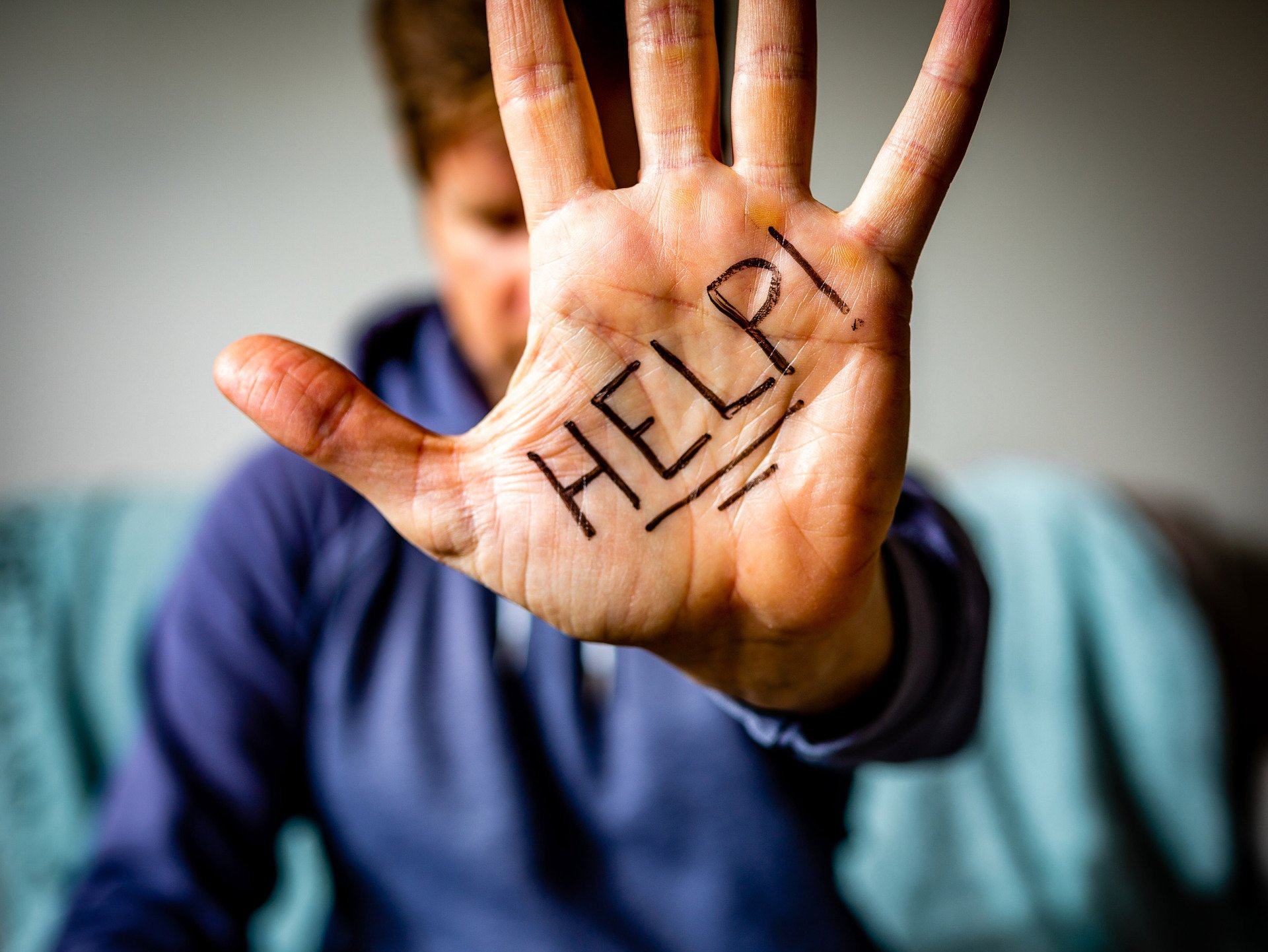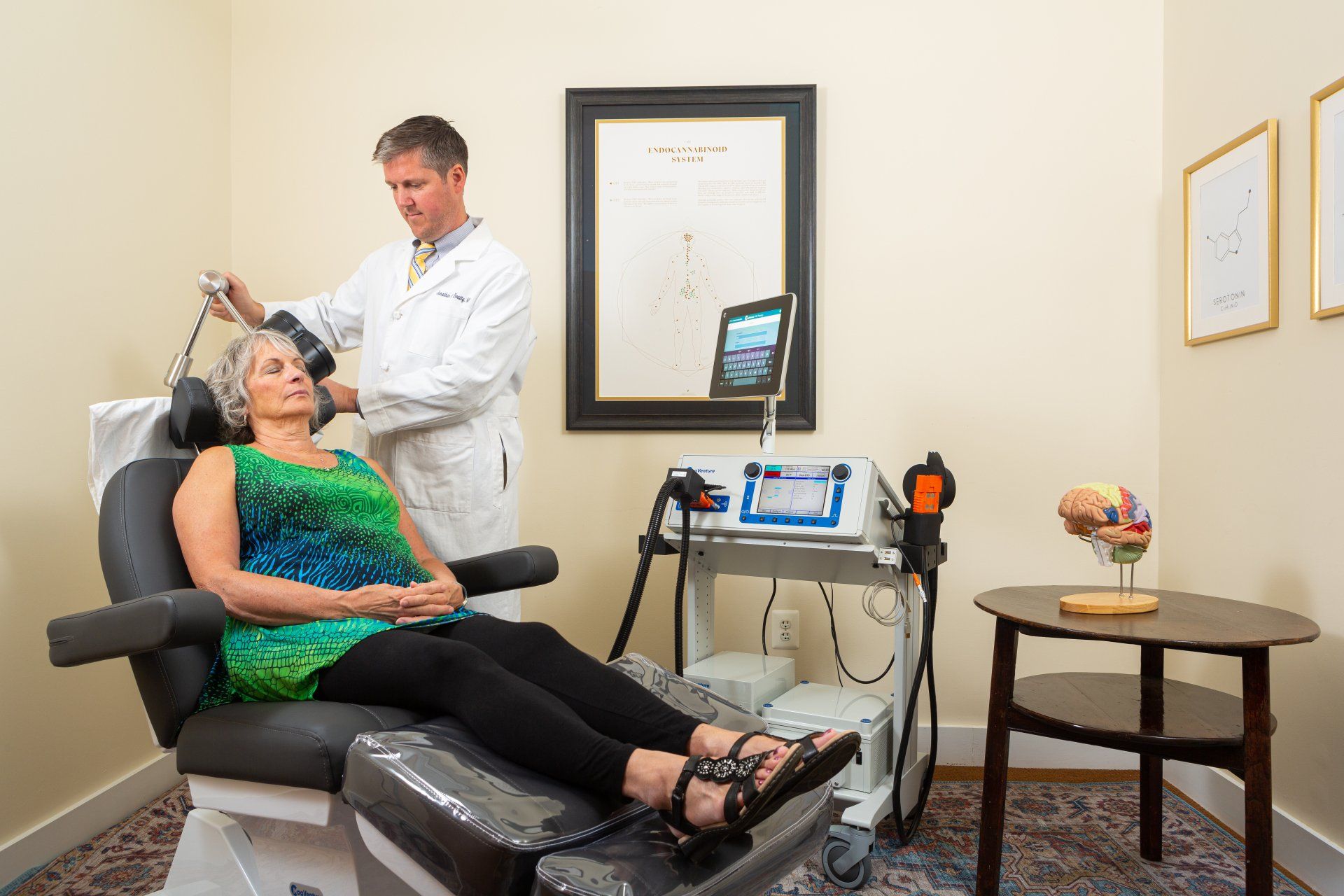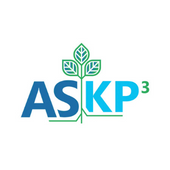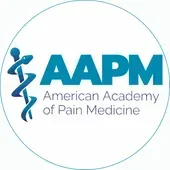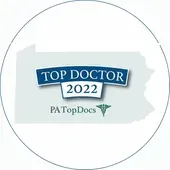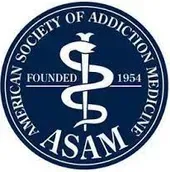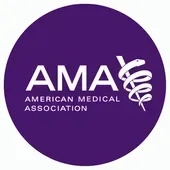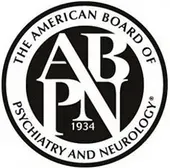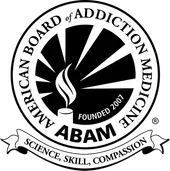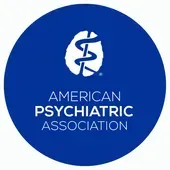What is MAT For Opioid Addiction?
Wave Treatment Centers
MAT for opioid addiction is a powerful tool in the fight to end our nation’s opioid epidemic. Opioids are highly addictive drugs. Once a person has become addicted to them, it can be extremely difficult to break free. The pain of opioid withdrawal can be overwhelming. This can cause a person to quickly begin abusing opioids again, even though they desperately want to stop. When a person gets proper professional treatment, they can finally end their opioid use for good. For many people, the path to long-term recovery from opioid addiction begins with medication-assisted treatment, or MAT.
What Is Medication-Assisted Treatment (MAT)?
As reported by the National Association on Drug Abuse (NIDA) , there were more than 68,000 opioid overdose deaths in the U.S. in 2020 alone. This is more than three times as many opioid overdose deaths as there were in 2010. Medication-assisted treatment, or MAT , is a comprehensive service for people who have developed certain types of addiction. Medical experts use MAT to treat opioid use disorder and alcohol use disorder. These are the clinical terms for opioid addiction and alcohol addiction.
MAT has two primary components: medication and therapy. Some of the medications used in MAT can ease the symptoms of withdrawal. Other medications can alleviate cravings or cause unpleasant reactions if a person uses opioids or alcohol.
The therapeutic part of MAT for opioid addiction or alcoholism can help people make important lifestyle changes. Another way to look at this is that medications can address the biological aspect of addiction, while therapy addresses the behavioral and psychological aspects of this disease.
Benefits of MAT for Opioid Addiction
The following are a few of the many potential benefits of receiving MAT for opioid addiction:
- Safety & comfort : Opioid withdrawal can be an extremely painful process. MAT for opioid addiction can help people end their opioid use without experiencing intense distress. Also, these medications do not cause the disorienting high that results from opioid abuse. This means that MAT clients can drive, work, take classes, and otherwise participate in a full and satisfying life.
- Community : Untreated opioid addiction can cause people to pull away from friends and family members. This isolates them from vital sources of support. During their time in treatment, people can form healthy relationships with others who are working toward similar goals.
- Personalization : MAT for opioid addiction is not a one-size-fits-all approach. Decisions about medications are made on an individual basis. Clinicians can customize MAT for opioid addiction in order to best serve each client.
- Peace of mind : Many people who enter treatment for opioid addiction are ashamed of their struggles. Others feel guilty about how their addiction has impacted their life and the lives of their loved ones. During therapy sessions, they can begin to overcome these negative emotions. Therapy can help them understand that they are valuable individuals who are worthy of being treated with compassion and respect.
Completing MAT for opioid addiction can also demonstrate to a person that they are capable of more than they realize. This initial success can empower a person to overcome future obstacles and make continued progress.
How Does MAT for Opioid Addiction Work?
MAT for opioid addiction works by addressing the impact that this disorder has had on a person’s body, mind, and behavior.
As noted earlier on this page, the medications often incorporated into MAT for opioid addiction may help to ease withdrawal and prevent relapse. During therapy, MAT clients can identify the issues that caused them to begin to abuse opioids. Therapy can help people learn how to respond to these problems in a healthier manner, without resorting to opioid abuse.
Two medications commonly prescribed to MAT clients include buprenorphine and naltrexone.
Buprenorphine
In 2002, the U.S. Food and Drug Administration (FDA) approved buprenorphine for use in opioid treatment.
Buprenorphine interacts with the same receptors in the central nervous system that become impacted by opioids. This prevents the onset of drug cravings and other withdrawal symptoms that would normally occur when a person stops using opioids.
Buprenorphine is included in several brand-name medications, including Suboxone, Subutex, Bunavail, Zubsolv, and Cassipa.
Naltrexone
Naltrexone has been authorized for use in the United States since 1984. In 2010, an extended-release form of the drug, which is administered via monthly injection, was also approved.
Naltrexone blocks the opioid receptors in the central nervous system. If a person uses an opioid while they are taking naltrexone, they won’t experience sedation, euphoria, or other pleasurable effects.
Brand name medications that contain naltrexone include Revia and Vivitrol.
The Risks/Cons of MAT for Opioid Addiction
Buprenorphine, naltrexone, and other medications used in MAT for opioid addiction are safe and effective when used as directed. This does not mean that their use is completely without risk, though. Like virtually every other prescription medication, buprenorphine and naltrexone can cause certain unpleasant side effects.
Possible side effects of buprenorphine can include constipation, lightheadedness, fatigue, dry mouth, and certain dental problems. If a person abuses buprenorphine by taking it in a larger than recommended dosage, they can overdose on the drug.
Overdose is not a risk for clients who take buprenorphine as part of an approved MAT program for opioid addiction because they only have access to safe amounts of the medication.
Naltrexone side effects can include cramps, pain in the muscles or joints, headache, fatigue, racing heart rate, and anxiety. Using larger quantities of naltrexone will not result in a recreational high, so this medication holds a low risk for being abused.
When a person receives either buprenorphine or naltrexone in an opioid addiction treatment program, their treatment team will monitor their progress. If a person experiences persistent or particularly severe side effects, the prescribing physician can either adjust their dosage or recommend a different medication.
Begin MAT for Opioid Addiction in Philadelphia
You don’t have to live in the darkness of untreated opioid addiction. Medication-assisted treatment can help you achieve the healthier future you deserve. When you feel ready to change your life, the WAVE Treatment Centers team can help. Contact us today to learn more about MAT and our many other services.
The post What is MAT For Opioid Addiction? appeared first on WAVE Mental Health Treatment Centers.
Schedule Your Consultation
Chestnut BLOG Form Submission


